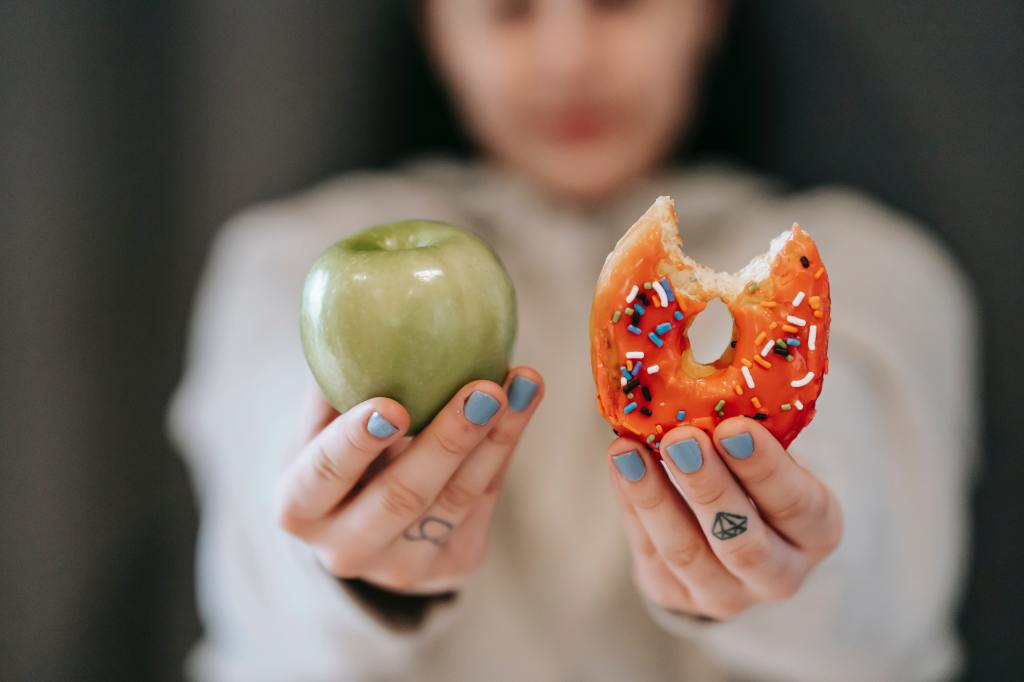
I know you. In fact, I am you. I, too, have some habits I’d like to change. Some I want to stop and some I want to start. And when I don’t make the changes I know will make my life better, I blame me.
BJ Fogg, PhD, founded the Behavior Design Lab at Stanford University. He’s also the author of Tiny Habits: The Small Changes that Change Everything, and he has identified what it takes to start any new good habit or stop any bad habit you want. And he says if his years of research have taught him anything, it’s that we should stop being so hard on ourselves.
He writes, “When our results fall short of our expectations, the inner critic finds an opening and steps on stage. Many of us believe that if we fail to be more productive, lose weight, or exercise regularly then something must be wrong with us. If only we were better people, we wouldn’t have failed. If only we had followed that program to the letter or kept those promises to ourselves, we would have succeeded. We just need to get our act together and pull ourselves up by our bootstraps and do better. Right?”
Not so much.
I wrote in a previous post that his behavior model consists of three essential elements: Motivation, Ability, and Prompt. Your motivation is the why you want to change your behavior. Your Ability is how you will change your behavior. And the Prompt is when you will do the behavior.
Prompts are what get us into trouble. You develop or fall prey to prompts unconsciously, so they’re hard to re-program – and VERY hard to ignore. The cigarette you light up right after a meal or ordering a drink. The rush to look at your email or any social media app when you hear the ping. The snacks you reach for when your favorite show’s theme song starts playing.
Fogg is a behavioral scientist, and even he found changing habits to be hard. But his book is full of tips that work because he’s tried them all himself. He developed his methods through experimentation in his own life instead of through scientific experiments. He says practicing small changes (tiny habits) will deliver positive results and give you confidence to tackle the big changes that can be transformative.
He says tiny works because it’s doable. “Thirty minutes of exercise a day? Cooking a healthy dinner every night? Writing daily in a gratitude journal? Forget it. Who. Has. The. Time,” he writes. And he really means tiny. “With the Tiny Habits method, you focus on small actions that you can do in less than thirty seconds. You will quickly wire in new habits, and then they will grow naturally.”
Tiny works because it’s so small there’s no risk of failure. If you don’t succeed one day, you count it as a data point and move on. The stakes are low. If you’re working on a big project, a tiny habit might look like this: Every morning, as your coffee or tea is brewing, write down one to-do on a sticky note. (Keep the pad right next to the coffee pot to make sure you remember.) Accomplish that one to-do – a phone call, a piece of research, filing a form – and you’ll start working your way through the project at a satisfying pace.
If a cleaner house is your goal, decide to do just one thing a day: clean your sink, organize just one drawer, go through the mail and throw out the junk. One small task a day. Fogg started his fitness routine by doing one pushup a day. Just one. After that became a habit, he upped it to two a day. As you get better at pushups, they get easier to do. That increases your Ability. What’s left in the behavior change model is the Prompt.
Prompts are what make or break a habit change, so designing good prompts is the key to success. More on that in a future post.